The curiosity to do or know something new has fascinated people since time immemorial. Man has always wanted to know about the world beyond his own boundaries and for this he has crossed all the difficult paths surrounded by mystery. In today's modern age, there is less time or opportunity for urban people to become prone to such adventures. But that doesn't mean the addiction to travel or adventure can stop. In the midst of trekking adventures in the mountains, we, along with a few friends, ran to the Khum kingdom, surrounded by the magic of nature, located in Thanchi upazila of Bandarban. During the foggy days of winter, we visited all the beautiful waterfalls of Bangladesh like Nafa Khum, Vela Khum and Amiya Khum.
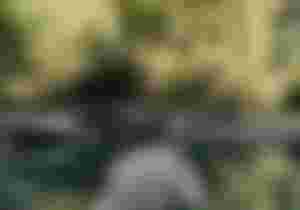
'Khum' in Marma means waterfall. Although the spring water dries up in the dry season, Khum water does not dry up. One winter night in the last week of January, 12 of us started our journey from Dhaka to Bandarban to see the beauty of Khum. Our bus leaves Fakirapul at 10:30 pm and we reach Bandarban town at 8:30 am. The guide had been fixed a few days before the start of our journey, he would join us from Thanchi.
After breakfast in Bandarban town, we got in the moon car and left for Thanchi. Thanchi (Marma word Thain chai or origin of the name from the place of rest) is an upazila of Bandarban, where there are various places of interest like Saka Hafong Paharchura, Nafakhum, Amiyakhum Falls, Raja Pathar etc.

The distance from Bandarban city to Thanchi Sadar is about 75 km. You have to cross this long road on a hilly road in a moon car. Of course, buses also run at regular intervals. On the way you can enjoy the magnificent view of the hilly green magical Bandarban. If you are lucky, you will see the enchanting form of Mitali in the folds of the mountains. At the beginning of the journey we took enough medicine, food saline, pure water, mask, hand sanitizer etc. in the bag.
The Army and BGB have various checkposts for traveling to Bandarban. Be sure to bring a photocopy of your ID card or birth certificate with you for these places. There are several places of interest on the way to Thanchi that you can see if you want, but if you want to reach Nafakhum on the same day, it is better not to stop. We reached Nafakhum on the first day, so that later our trekking was comfortable.

By 12 noon we reached Thanchi, where we met our guide Pradeepdar, with the help of Pradeepdar, we entered various places and had lunch. You have to rent a boat from Thanchi to Remakri or Padmajhiri. In case of entering Khum, the right decision is to enter from Remakri rather than Padmajhiri. The fare from Thanchi to the boat is five thousand rupees and five people can sit in each boat. We started our boat trip from Thanchi to Remakri with three boats.
The mountain river Sangu is a wonderful river. Sangu is one of the few rivers originating in Bangladesh. As you cross the high green hills on both sides by boat, you will sing in your mind,
"Ore nila dariya, amaye de re, de chariya ...
The water color of Sangur is dark green and very clear. Everything under the water can be clearly seen. The flow of rocky water will definitely make your mind bored while walking for about two and a half hours on the river. And when you look at the hill villages on both sides of the river, you will see how diverse their lives are in such beauty. Before reaching Remakri by river, you will see many big stones on the way. Among them is the famous King Stone to see but cannot be mistaken. This beautiful river will come to Remakri one day. Stay overnight in Remakri, there are good hill houses to stay here. However, it is better to travel to Nafakhum on the same day than in Remakri. Then you will get a chance to see Nafakhum at night and you will not miss the morning scene as well.

After a short stop at Remakri, we set off for Nafakhum in the afternoon. You can also take a break for prayers if you tell the guide on the way. Remakri Falls is also a very nice view, but Remakri will fascinate you if there is more water at the end of the rainy season than in winter. From Remakri we continue towards Nafakhum along Remakri canal, a different kind of silence through the dense forest will fascinate you all the way.
Sometimes the rocky hard road, sometimes the touch of the cold water of the hilly path made our whole body tremble. As we walked along, the evening came down. There is still an hour's journey to reach Nafakhum. All of us then trekked the mountain road for the first time at night. If you suddenly see the full moon while walking along such a road, then it seems that life is really beautiful. That walk in the moonlight on the mountain path was really one of the most beautiful feelings in life.

After walking for a few hours on the mountain road, we suddenly heard the wonderful sound of Nafakhum, the darkness of the night was making that sound much more serious. When we finally saw the water of Khum in the moonlight, our efforts seemed to be really successful. Nafakhum Para is next to Nafakhum. There are good arrangements for overnight stays and meals.
We left our belongings in the house made on the loft of the locals and asked them to freshen up quickly and arrange dinner. Chicken, eggs, vegetables, mashed potatoes, pulses, rice, etc. are available in the hills. You can order as much as you want. After dinner we went out to see Nafakhum in the moonlight. Some of the best moments of life were for us, on the one hand the huge flowing stream of water and on the other hand the dam of Jotsna seemed to be breaking. I kept thinking, "Earth, why are you so beautiful?"

The next morning we woke up to see Nafakhum surrounded by fog. There were less tourists in the early morning, so we were getting lost in the middle of nature again and again. Besides, taking pictures was going on. After breakfast in Nafakhum Para we started our journey around 12 noon towards our next destination Thuisa Para. It takes less than 2 hours to reach Thuisa from Nafakhum. After walking on Jhiripath, you have to proceed on the hilly road. This is where the real thrill of trekking begins. Anyone can stay overnight in Jinnah Para instead of Thuisa Para that night and then trek from Jinnah Para to Amiakhum and Velakhum the next day. On the hilly road from Nafakhum, first Jinnah Para will fall, then Thuisa Para.
But even after crossing these two neighborhoods, there is another neighborhood called Nicholas Para, it is better to stay there at night, because there is a good network of different mobile operators. It is very difficult to get a network in Thuisa or Jinnah, there is no network other than Teletalk. We reached Thuisa Para that afternoon. There are small food stalls along the route. From there you can eat mountain banana, papaya etc. However, it is wise to keep enough dry food in the bag. At night in Thuisa Para we ate the famous bamboo chicken of the hill (cooked inside bamboo in a special process).

The next morning we set out from Thuisa Para to visit Amiyakhum, Velakhum and Sat Bhai Khum. These three khumis are located nearby, you can see these khumis only if you cross the hill of the gods. It takes about an hour to go from Thuisa Para to Devtar hill. At this time several hills were crossed. Nicholas will fall in the middle of the road before reaching the mountain of the gods, we rest there for a while. Throughout the trek the mountain of the gods was a fairly challenging step. Those who go to this mountain, be careful all the time. If you are afraid of heights, take the help of a guide or an experienced person. It took our entire group two hours to descend the mountain of the gods. But once you get down, Khum's form will make your whole work worthwhile.

We reach Velakhum by raft from the hill of the gods. The atmosphere of Velakhum brings a softness. You can cross the big rocks and go near the source of Velakhum. On the way you can see different types of small and big fountains. Soak your feet in the cool water of Melakhum for a while and sit quietly. Nature will bring you spiritual peace. One day we started our journey towards Amiyakhum again after going to Amiyakhum. Amiyakhum can be reached within 20 minutes from Vela Khum. It is said that Amiyakhum is the largest waterfall in Bangladesh. In fact, the endless flow of the vast body of water in Amiyakhum will attract you again and again. If you know how to swim well, you can take a bath in Nafakhum and Amiakhum. However, in the rainy season, the khumgulo takes a terrible form. As such, it is better to travel to Khum at the end of winter or monsoon.

After visiting Khum all day, we started our journey towards Thuisapara again at around 2 pm. This time you have to climb the mountain of the gods. It is easier to climb the mountain of the gods than to descend. But I want to be careful in every step. After that we crossed the rest of the way safely and our whole party reached Thuisa Para before evening. Our last night in Thuisa Para was very memorable, we all chatted together under the open sky at night and the stars of the sky seemed to join us in the crowd talking about the whole adventure.
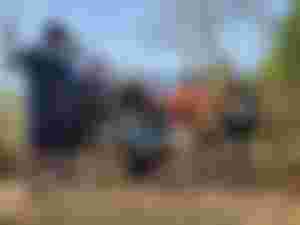
I came to see the last morning of Bandarban. After saying goodbye to the sister who took care of us in Thuisapara, we took our guide to Padmajhiri. Our journey started very early in the morning as this trek to Padmajhiri takes about five hours. We climbed and descended one hill after another. I was meeting various people on the way. Natun Para, Harishchandra Para - our advance along the hilly path was looking forward through many such neighborhoods. We don't have much opportunity to see the different languages, cultures, their way of life of the indigenous people. Thus, after reaching Padma Jhiri, we boarded the boat for Thanchi again.
On the way back along the Sangu river, we reached Thanchi in half an hour. When I came to Bandarban city by moon car from Thanchi, I was thinking how fast time passes. No matter how hard we crossed the mountain, we did not give up. And during the trip, I must have put dirt in certain places and taken proper care so that the natural beauty is not ruined.
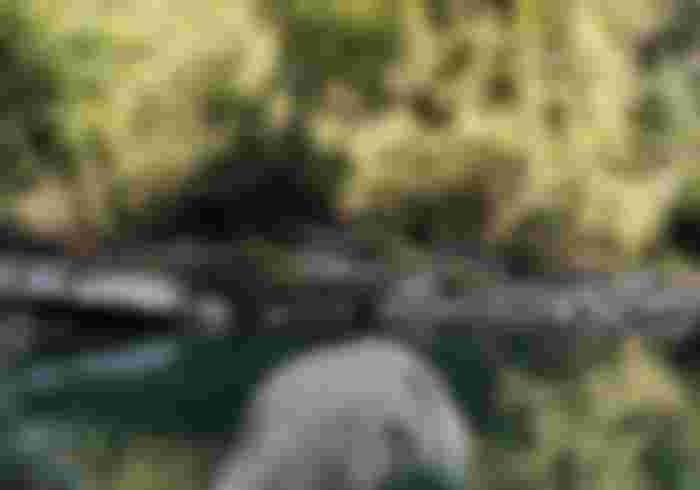
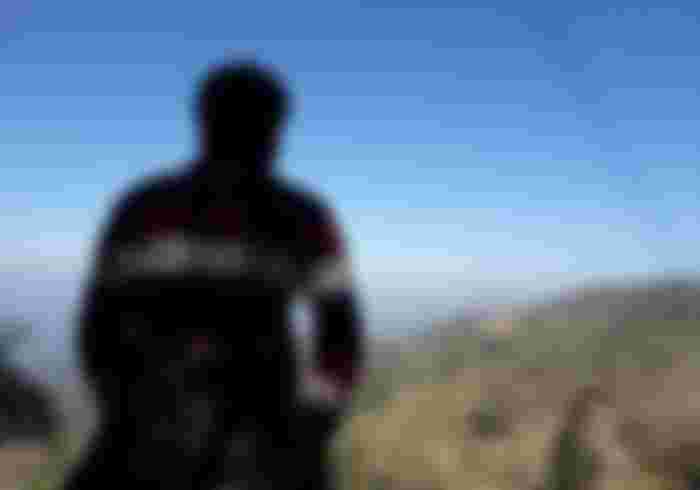
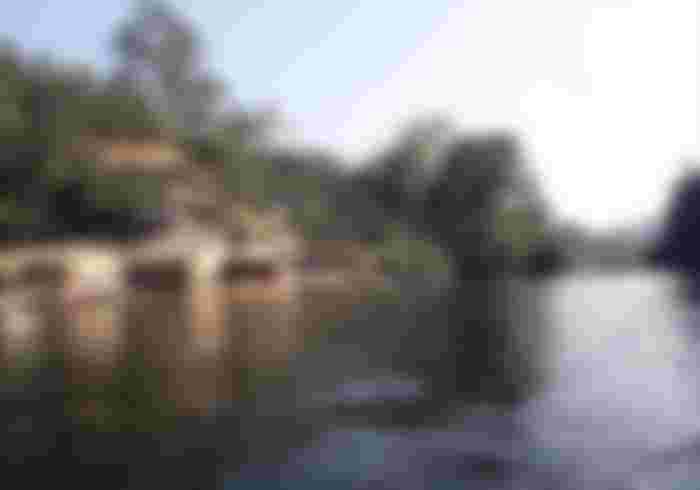
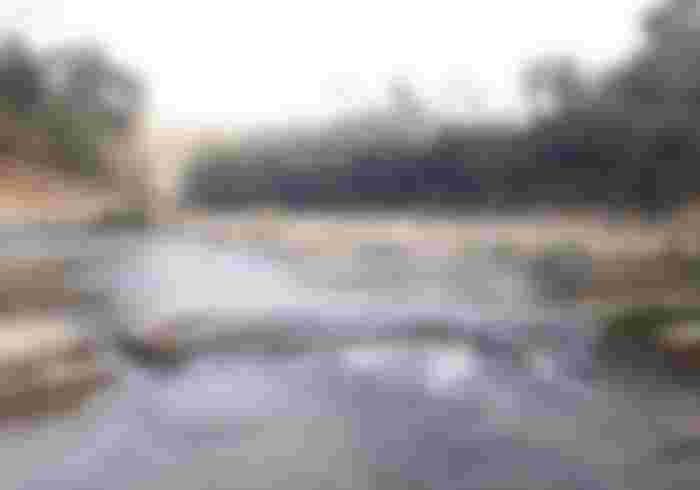



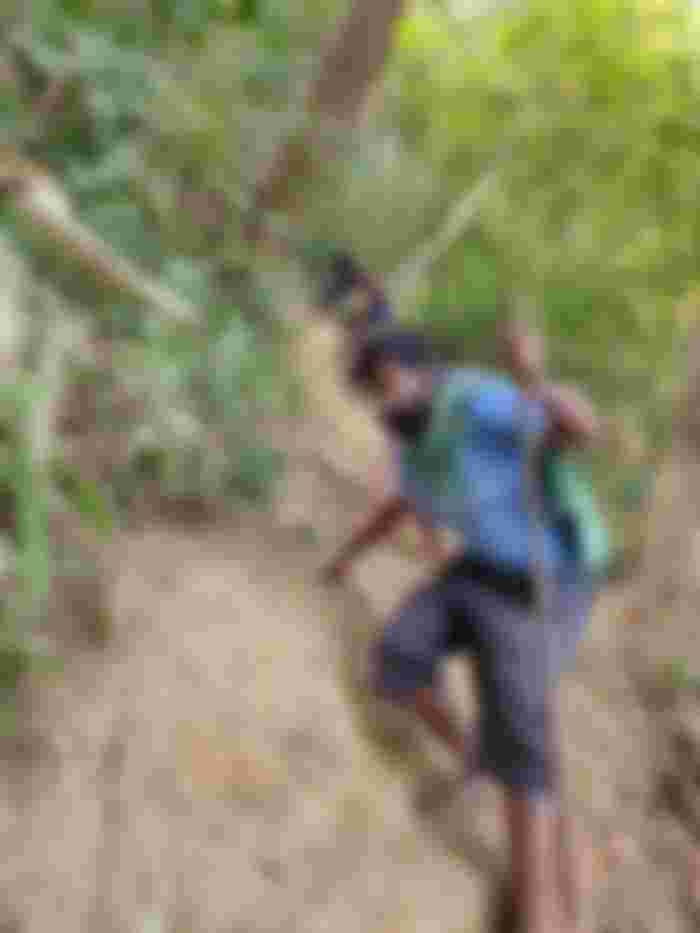
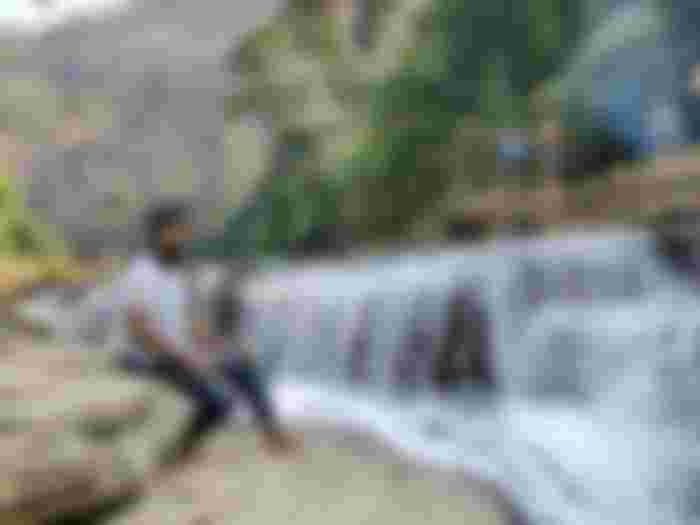
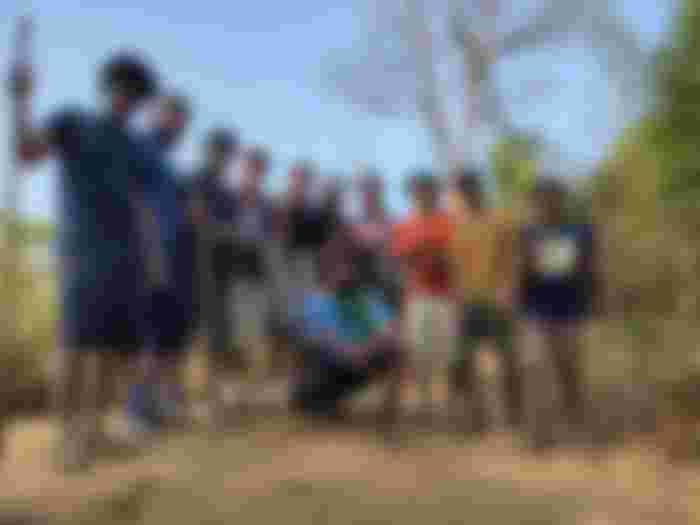
I wish travelling in this place